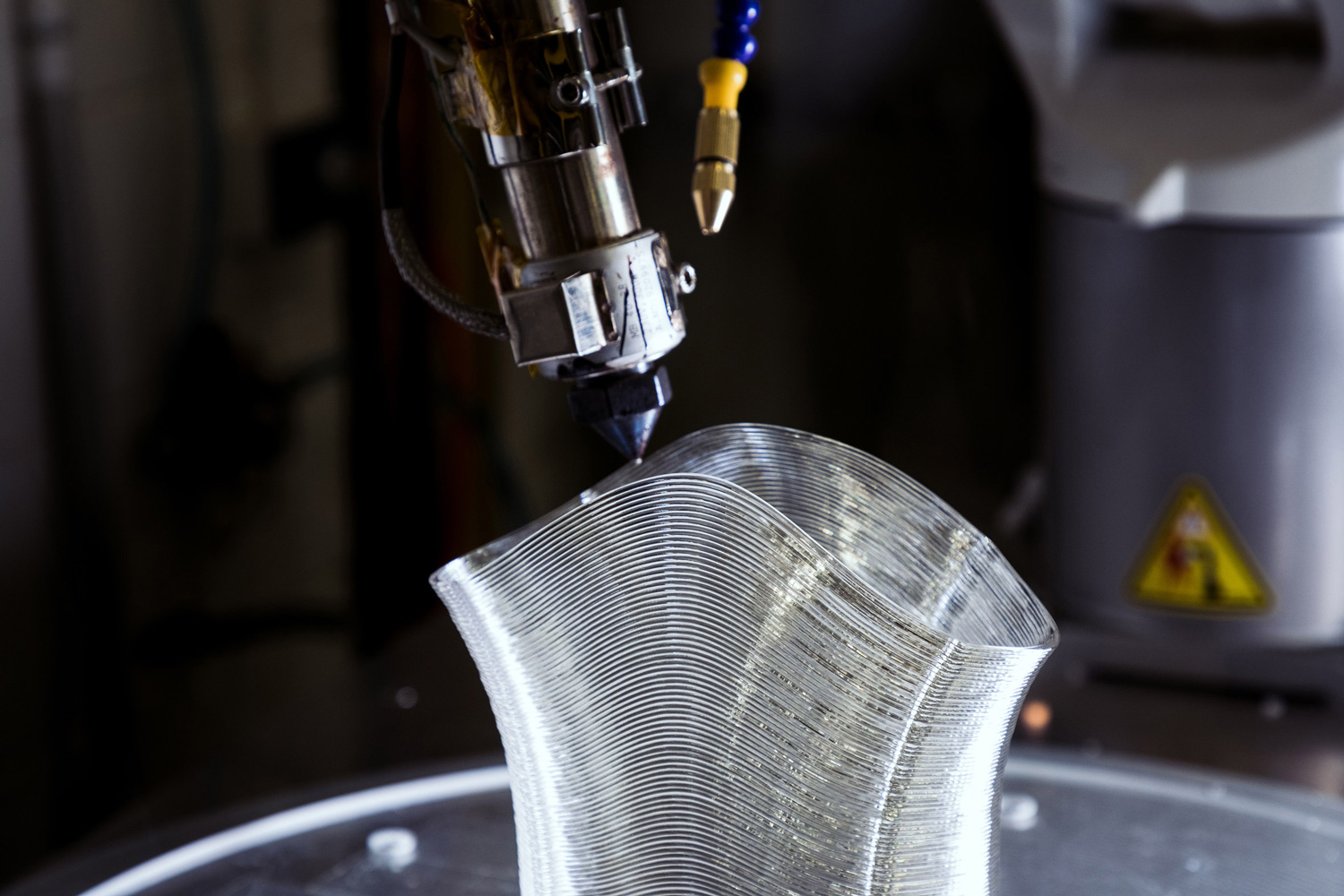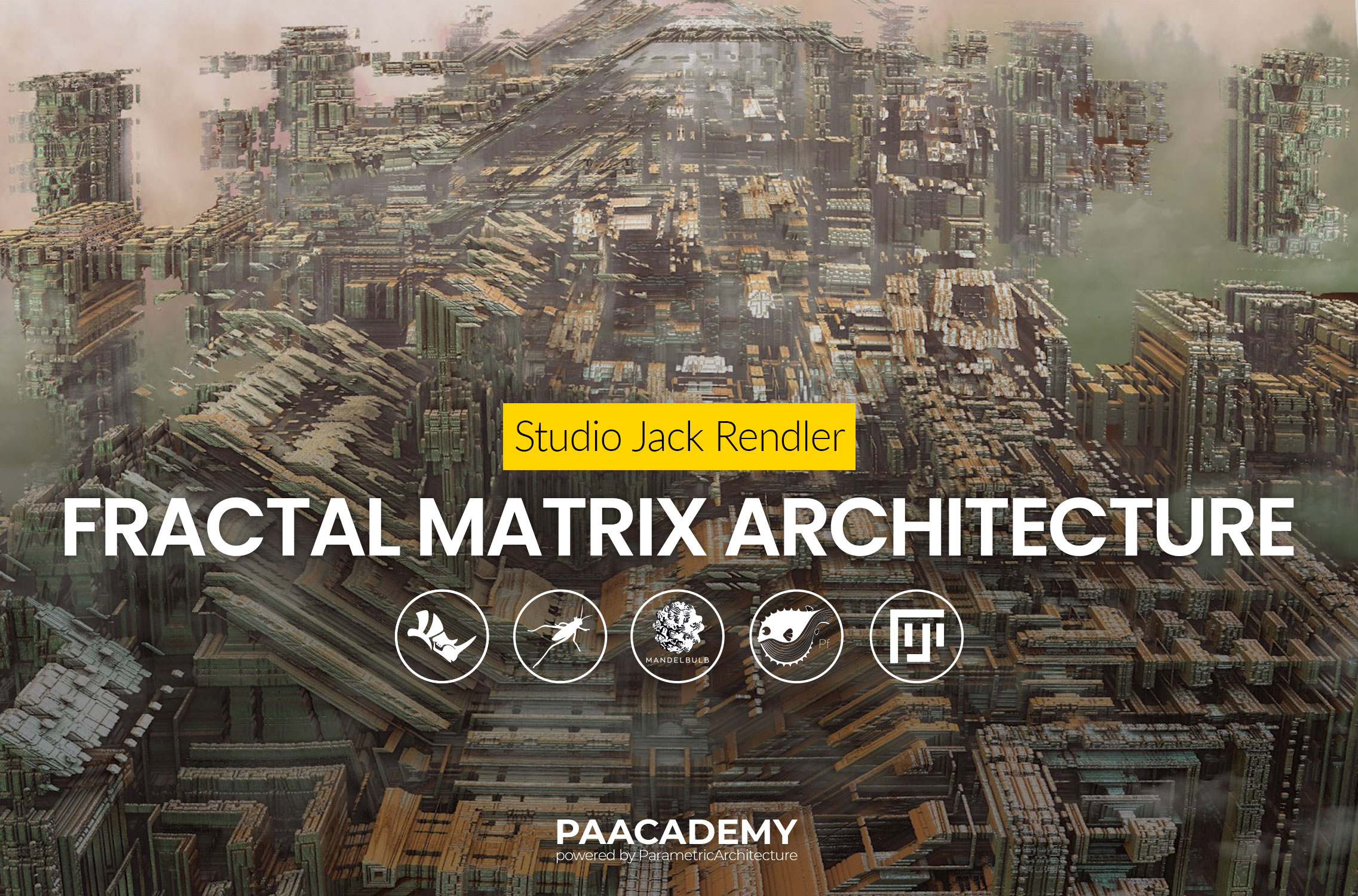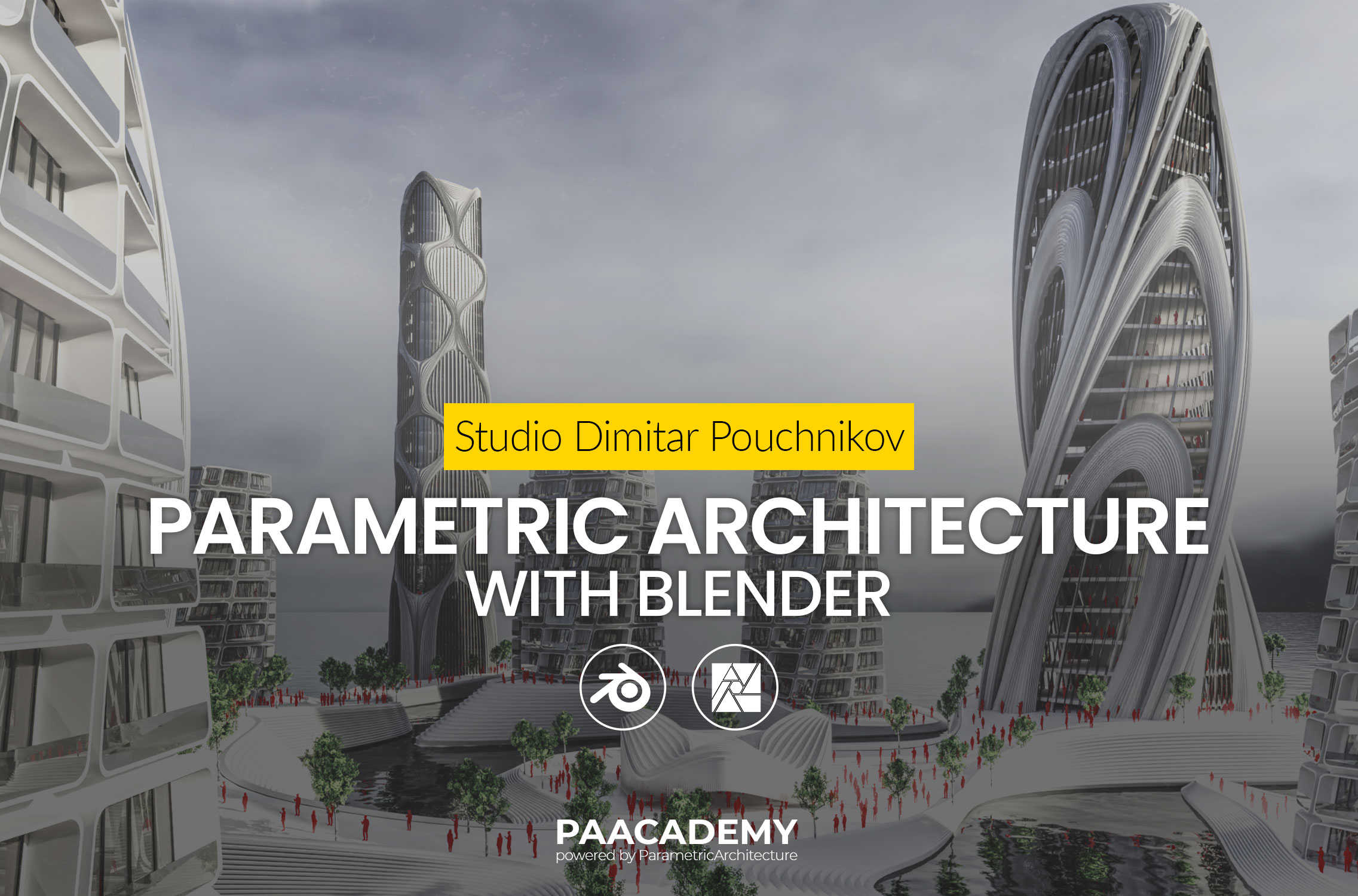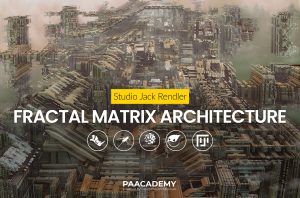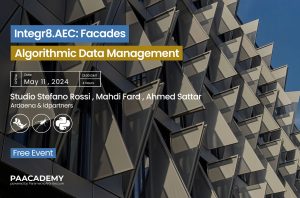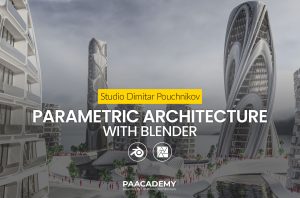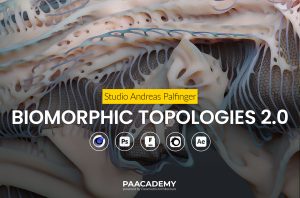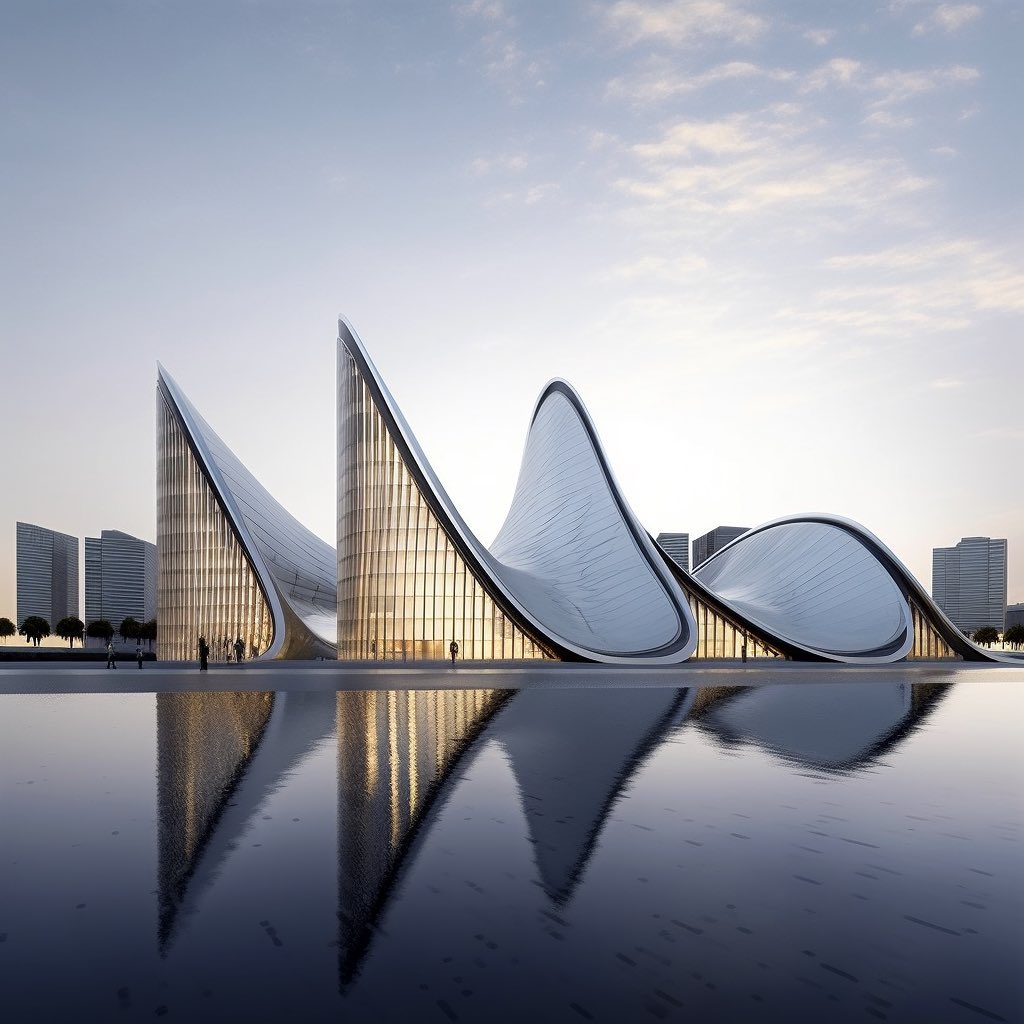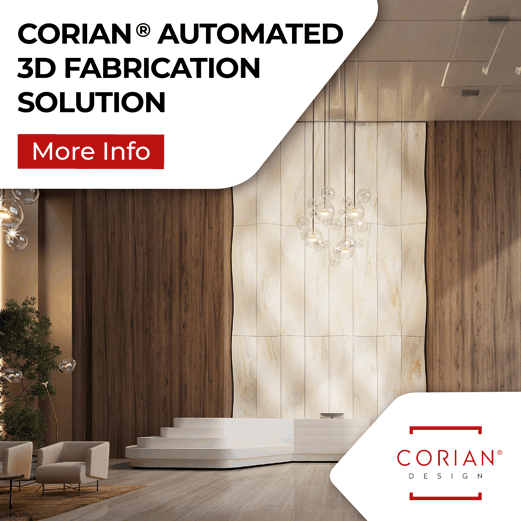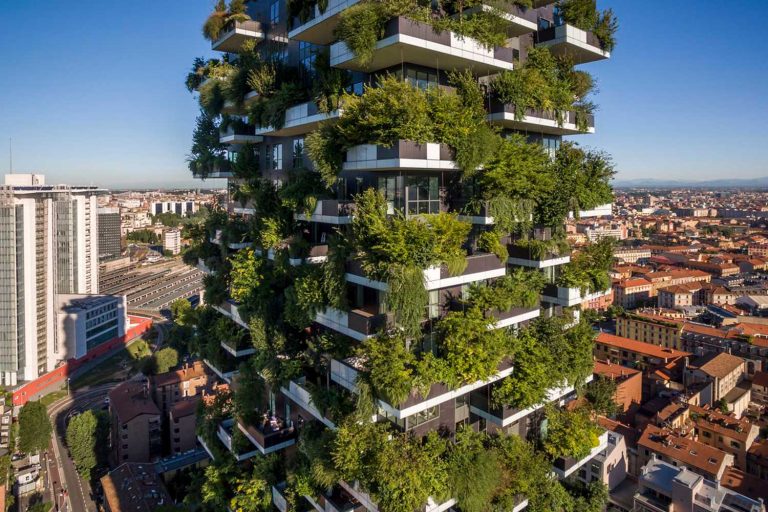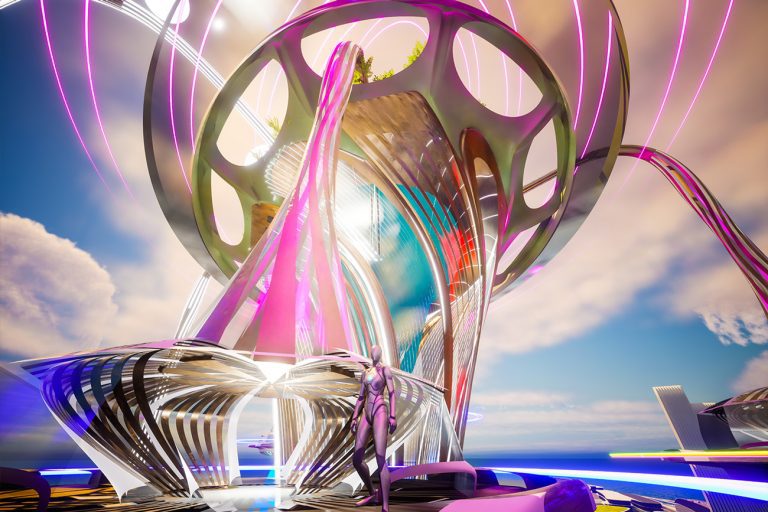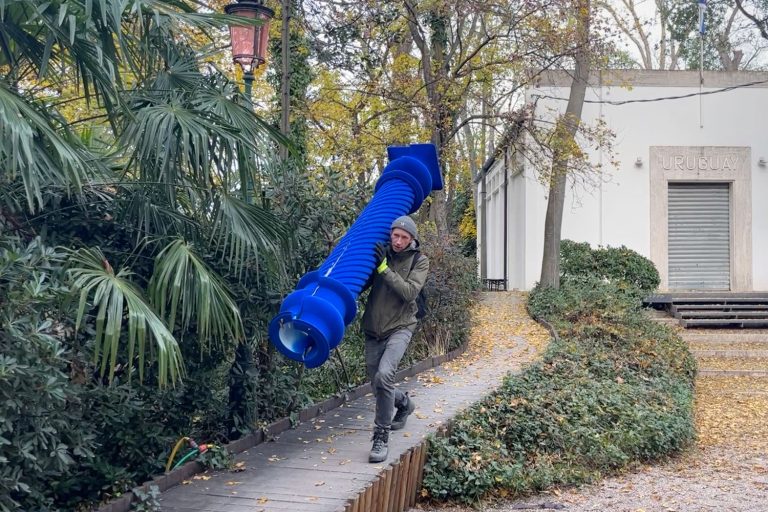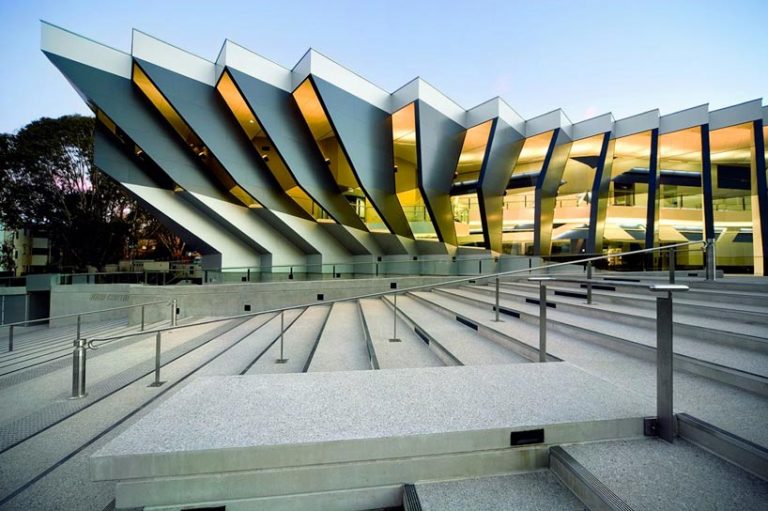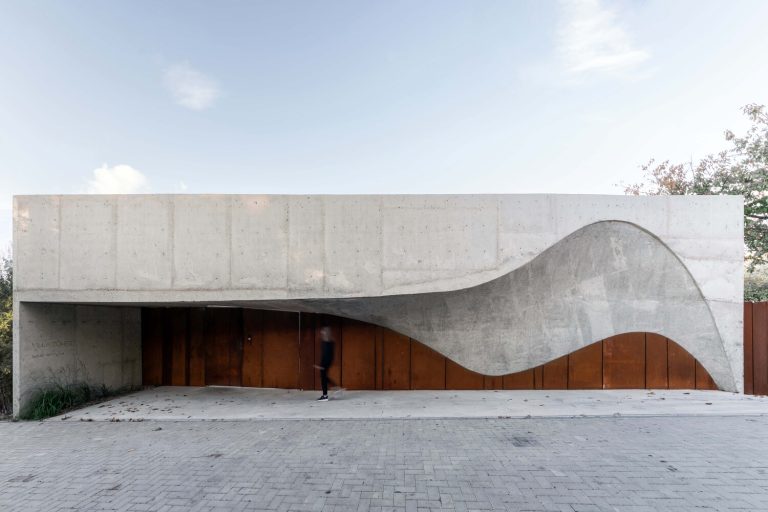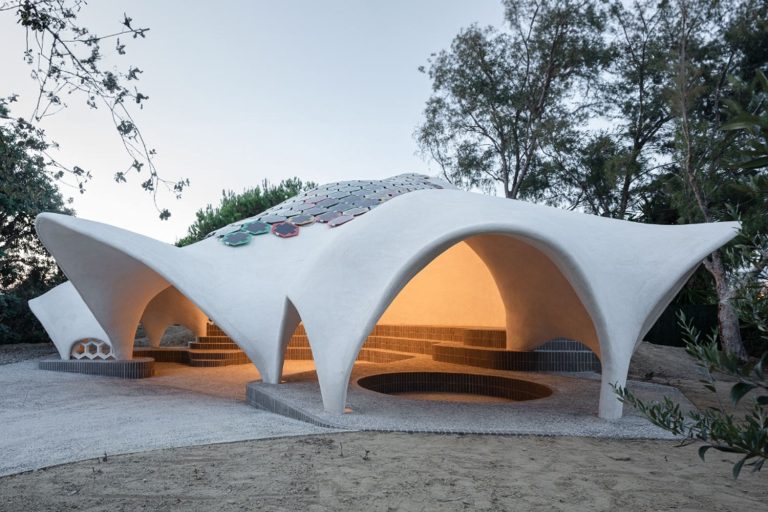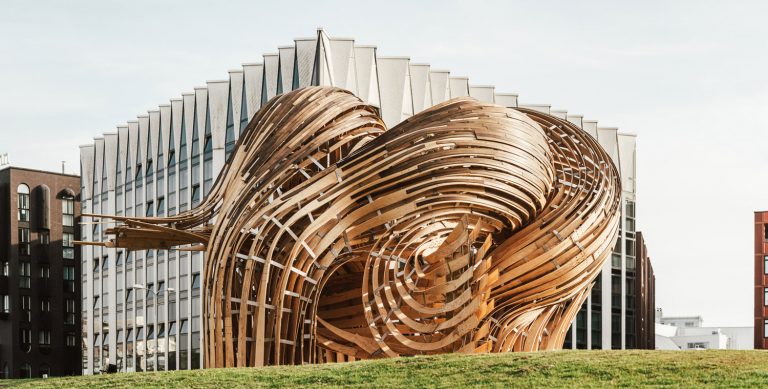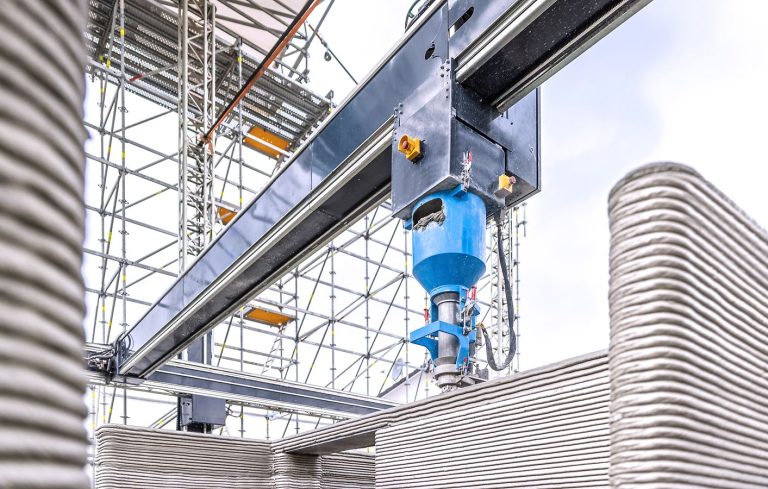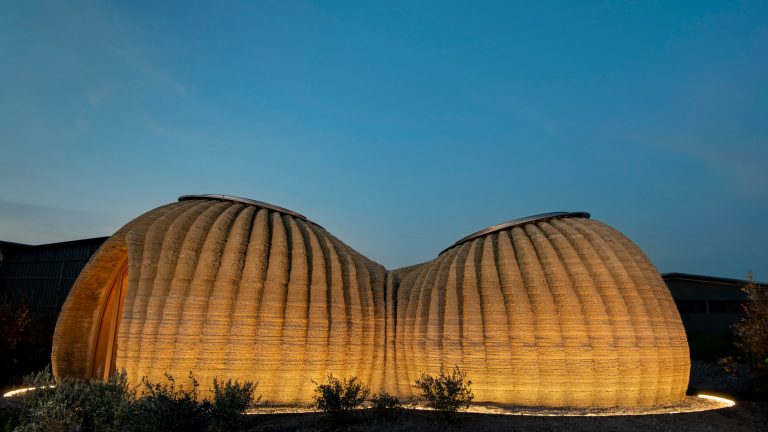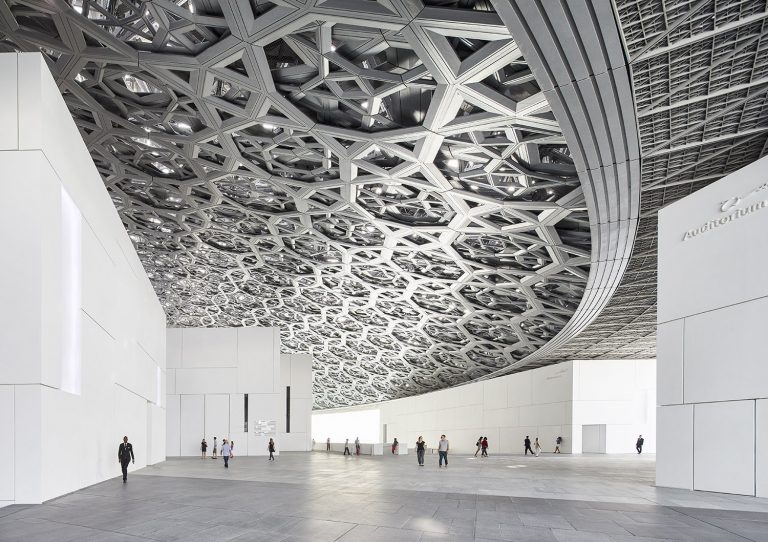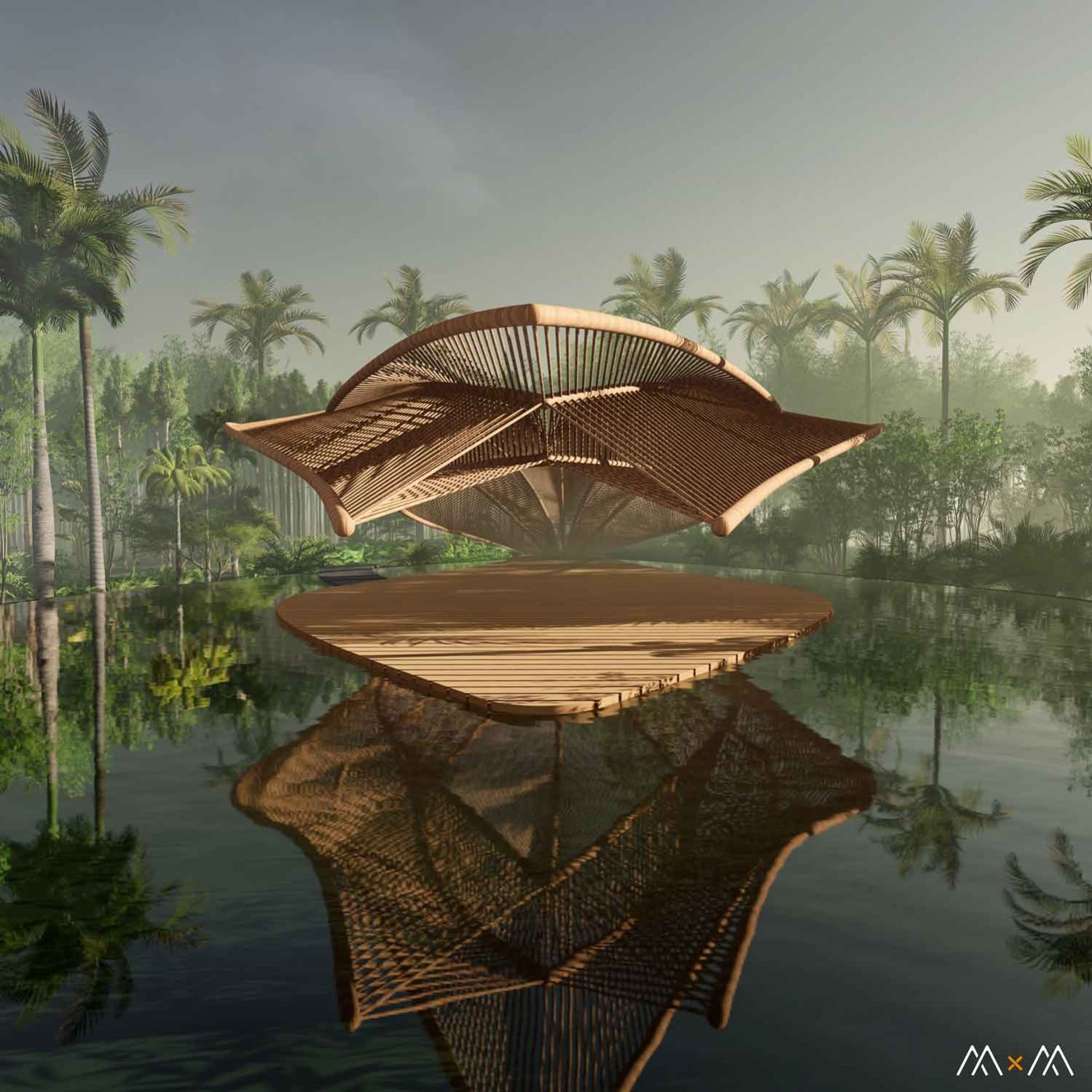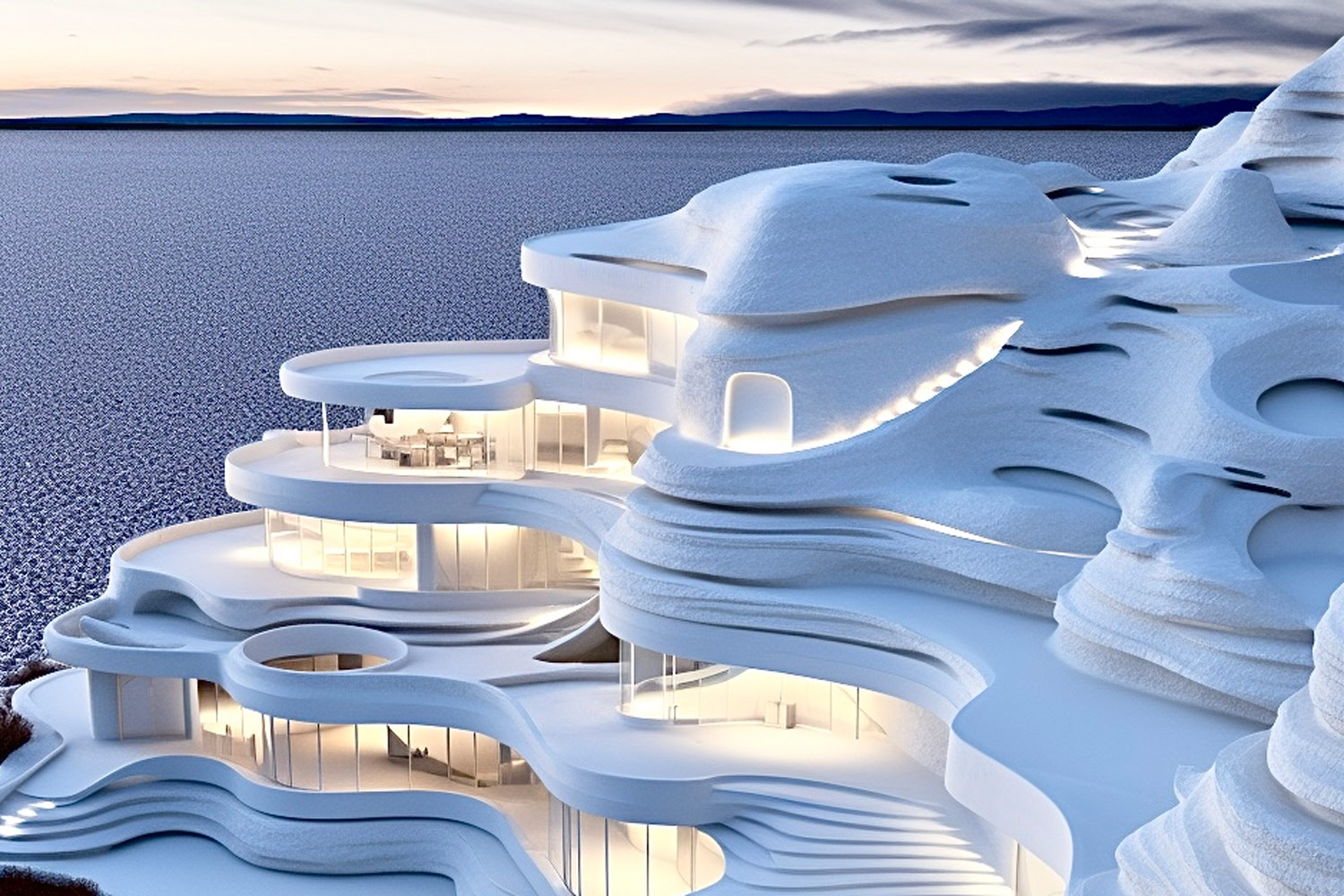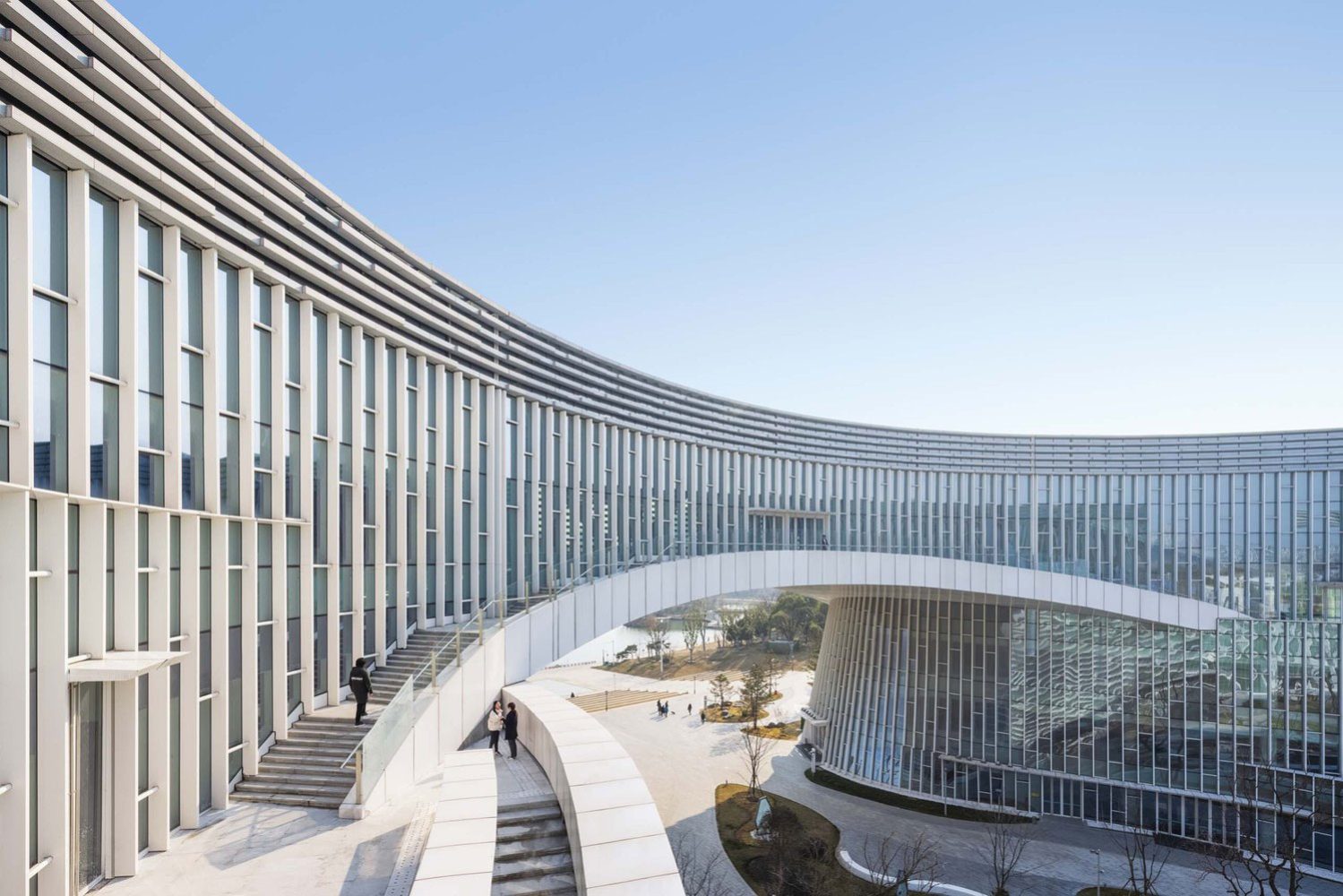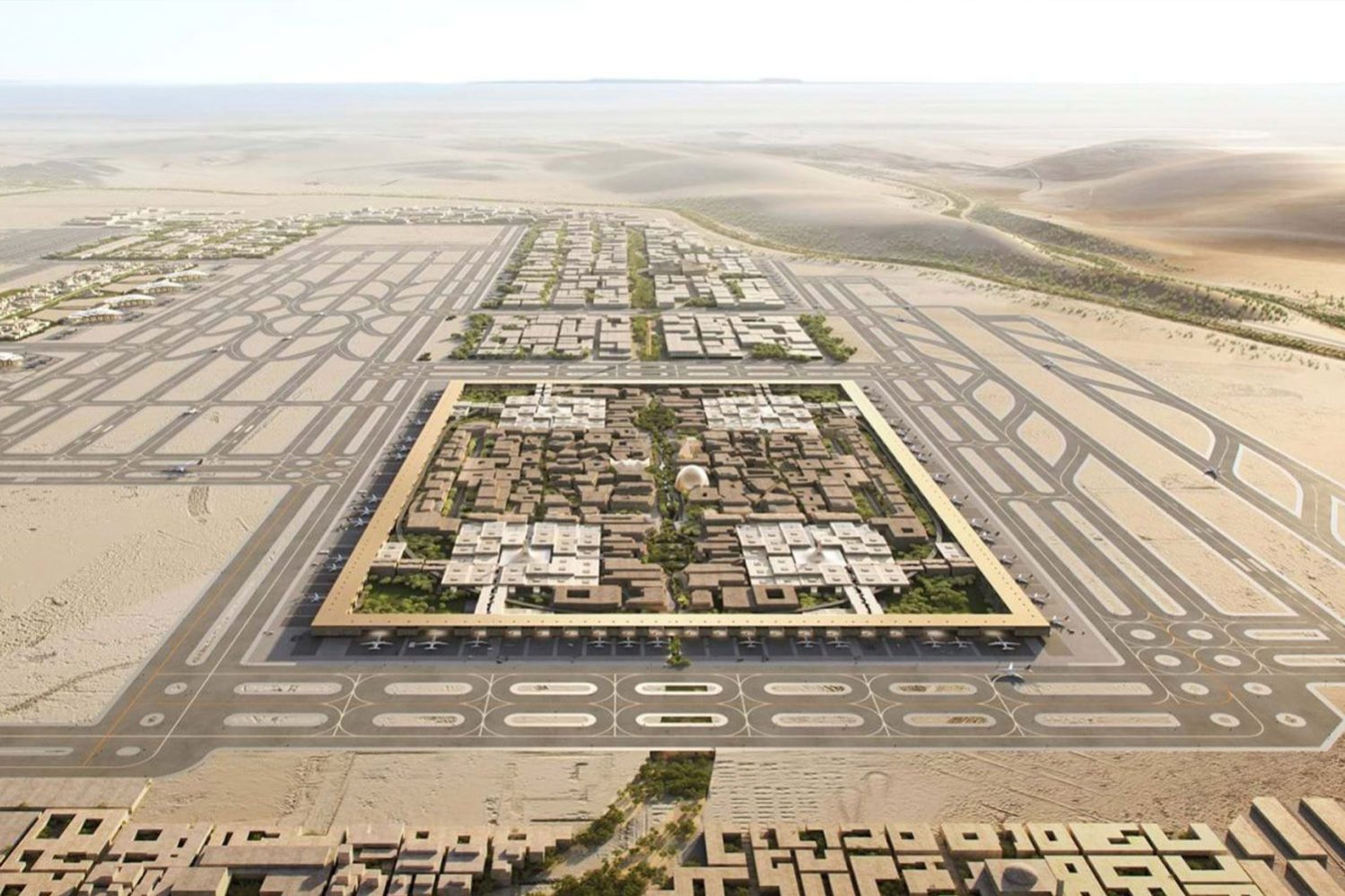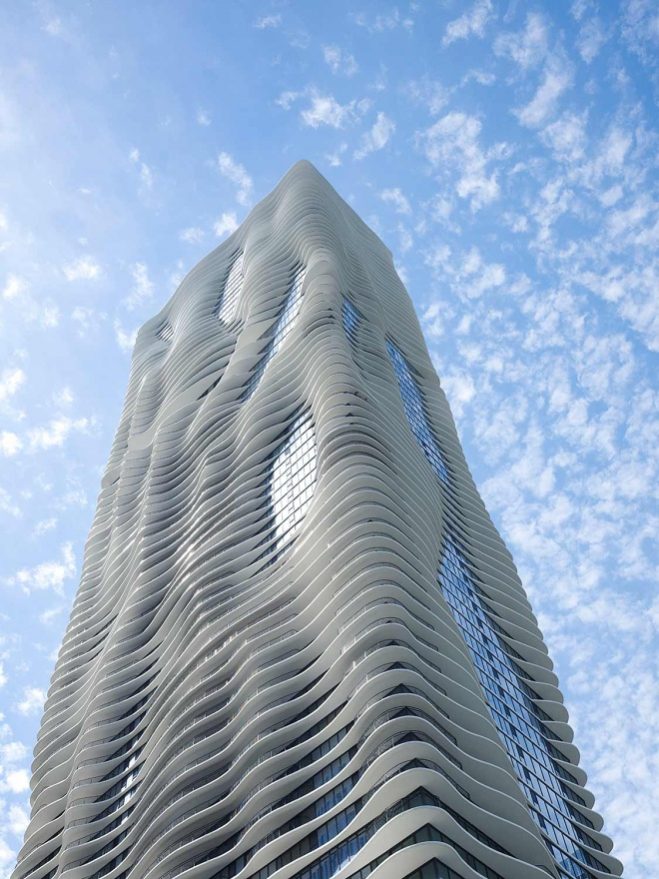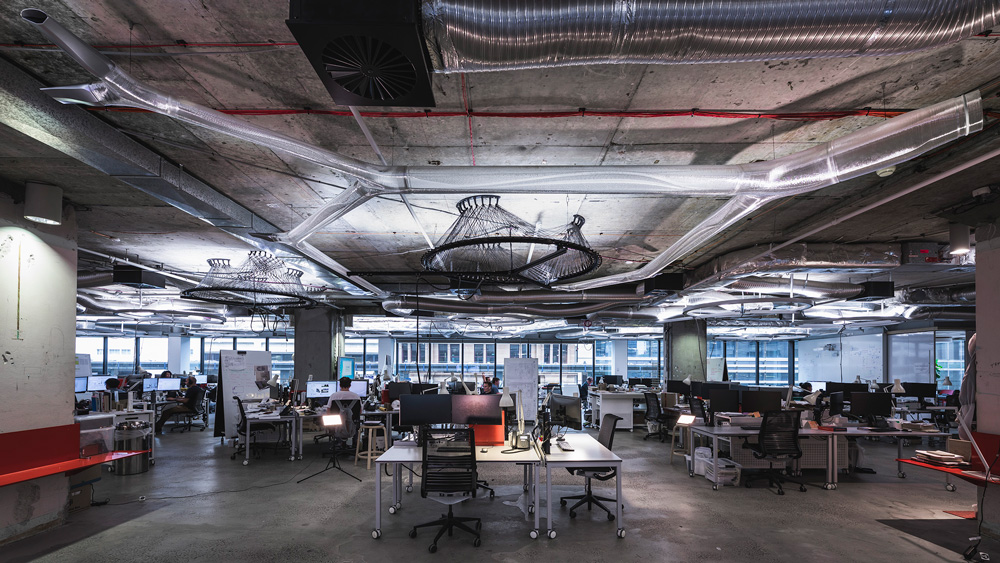
Systems Reef 2 is a low-carbon, 3D-printed air diffusion system developed by BVN, an Australian architecture firm, in collaboration with the University of Technology Sydney.
This air diffusion system, constructed of recycled plastic, is meant to “breathe” like frog skin and has been computationally tuned to have 90% less embodied carbon than a normal air-conditioning system. Its organic, branching tube design allows for smoother air movement and removes the requirement for perfect angles, which can cause air to become stuck and waste energy.
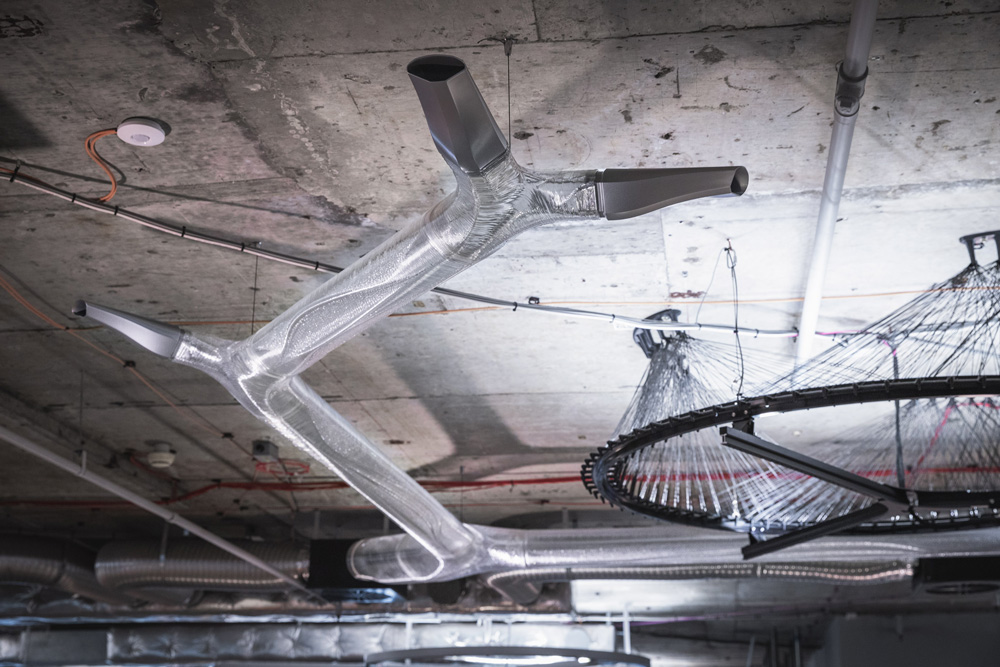
“At the moment, the systems that we have, they’re really inflexible, they’re not particularly great for human comfort, they’re really expensive to change and they really limit the way we want to occupy buildings now in the 21st century, which is much more adaptive and agile,” and added, “The most shocking thing we realized is that existing air conditioning systems basically aren’t aerodynamic and don’t even go through a computational fluid dynamic modeling process most of the time,” said BVN co-CEO Ninotschka Titchkosky.
This idea intends to solve the inefficiencies and high embodied carbon of existing air conditioning systems, which are generally built of steel sheets and are difficult to adjust after installation. The Systems Reef 2 was recently honored with a Green Building Material/Product Award at the Australian Sustainability Awards for its energy efficiency and sustainability.
“The building industry is one of the highest contributors to global waste, one of the biggest consumers of energy and materials, and has some of the most significant contributions to CO2 emissions,” says Tim Schork, Adjunct Professor at the UTS School of Architecture.



